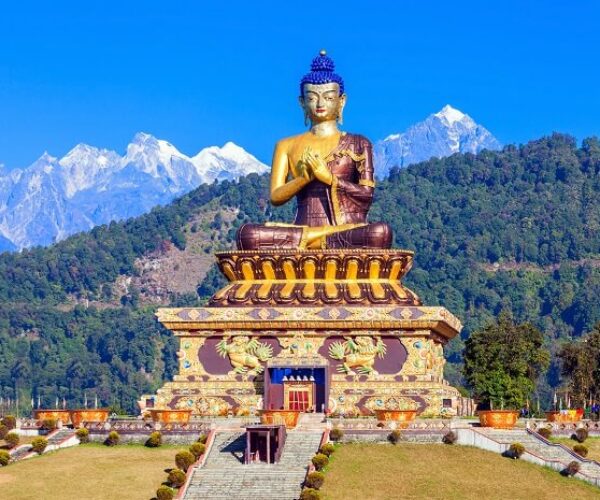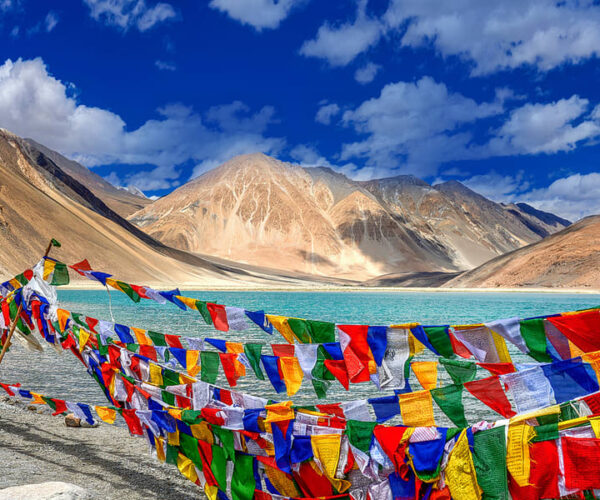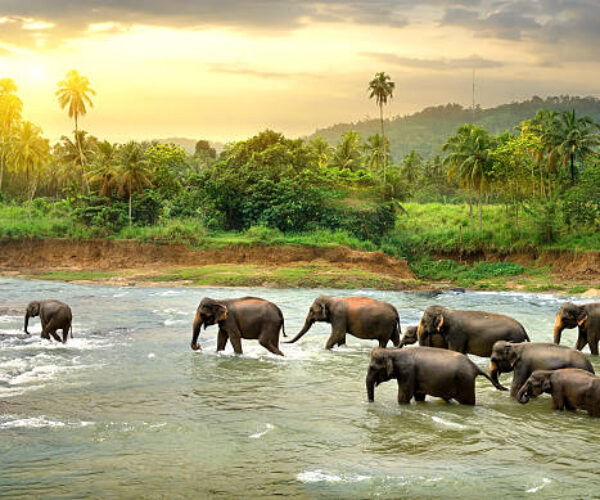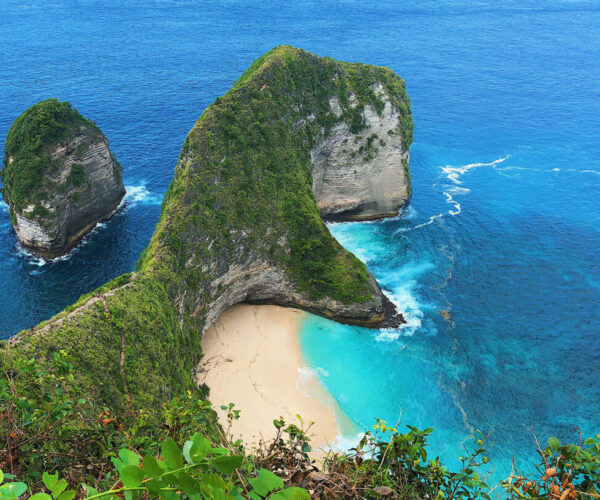Sri Lanka
Sri Lanka International Tours
A Canvas of Coastlines and Highlands
Send Us An Enquiry
Overview
Western Region: Hub of Culture and Commerce
The Western Region of Sri Lanka is the country’s bustling commercial and cultural hub, with Colombo as its vibrant capital. This area features a mix of modern city life, historical sites, and picturesque beaches, making it a must visit place in our Sri lanka Tour Packages. Colombo is known for its lively markets, colonial architecture, and cultural attractions like the National Museum and Gangaramaya Temple. The coastal towns of Negombo and Kalutara add to the region’s appeal with their beautiful beaches and relaxed atmosphere.
Southern Region: Beaches and Heritage
The Southern Region is celebrated for its stunning beaches, historic towns, and rich cultural heritage. Galle, with its UNESCO-listed fort, offers a glimpse into colonial history amid charming streets and coastal views. Tissamaharama, the gateway to Yala National Park, is known for its wildlife and ancient reservoirs, often featured in our Sri Lanka trips for nature enthusiasts. Mirissa provides a perfect blend of relaxation and adventure with its pristine beach and whale-watching opportunities, while Hikkaduwa and Tangalle are known for their vibrant marine life and tranquil beach experiences.
Central Region : Highlands and Heritage
The Central Region is renowned for its breathtaking highland scenery and rich cultural heritage. Kandy, with its revered Temple of the Tooth, is a cultural treasure trove and former royal capital. Nuwara Eliya, often referred to as “Little England,” is known for its cool climate and lush tea plantations. Ella, with its stunning vistas and scenic hiking trails, offers a perfect escape into Sri Lanka’s natural beauty.
Northern Region: Tamil Culture and History
The Northern Region is noted for its unique Tamil culture and historical significance. Jaffna stands out with its distinct heritage, ancient temples, and vibrant markets. Vavuniya and Kilinochchi offer insights into the region’s recent history and agricultural landscape. The Northern Region is a place where visitors can experience a different cultural and historical perspective of Sri Lanka.
Eastern Region: Coastal Vibrancy and Nature
The Eastern Region is characterized by its lively coastal cities and rich natural beauty. Trincomalee boasts stunning beaches and historical sites, including the Koneswaram Temple. Batticaloa offers scenic lagoons and a glimpse into local life. Arugam Bay is a renowned surfing destination, offering a relaxed atmosphere and excellent waves. The Eastern Region provides a mix of beach relaxation and cultural exploration.
Sri Lanka Through The Seasons:
The best time to visit Sri Lanka largely depends on which regions you plan to explore, as the island experiences two monsoon seasons that affect different parts of the country at different times. December to March is the peak tourist season. Consider our Best tour packages to maximize your experience and navigate the best times to visit each region.
Getting There
By Air:
convenient way to travel from India to Sri Lanka. Numerous direct flights connect major Indian cities to Sri Lanka’s Bandaranaike International Airport (CMB) in Colombo.
By Sea:
There is no regular passenger ferry service between India and Sri Lanka, but occasional cruise services might be available. These are less common and primarily luxury cruises that take multiple days to reach Sri Lanka
Stay and Dining
Sri Lanka boasts a range of luxury accommodations, including beachfront resorts, colonial-era hotels, and secluded retreats in the highlands. These properties often feature spacious rooms, private pools, fine dining, and spa services, catering to travelers seeking comfort and exclusivity.
Food: Sri Lankan food is a vibrant and flavorful cuisine that reflects the island’s diverse cultural influences, including Indian, Dutch, Malay, and Portuguese. Central to the cuisine is rice and curry, served with a variety of vegetable, meat, and seafood dishes like Fish Ambul Thiyal (a tangy fish curry) and Dhal Curry (lentil curry). Hoppers (bowl-shaped pancakes) and String Hoppers (steamed rice noodles) are popular staples, often accompanied by Pol Sambol, a spicy coconut relish. Street food favorites include Kottu Roti, a stir-fried dish made with chopped roti, and Lamprais, a Dutch-inspired meal wrapped in banana leaves. Desserts like Watalappam, a rich spiced coconut custard, round out the culinary experience. Sri Lankan cuisine offers a unique blend of flavors and textures, making it a delightful adventure for those who explore its offerings.


























